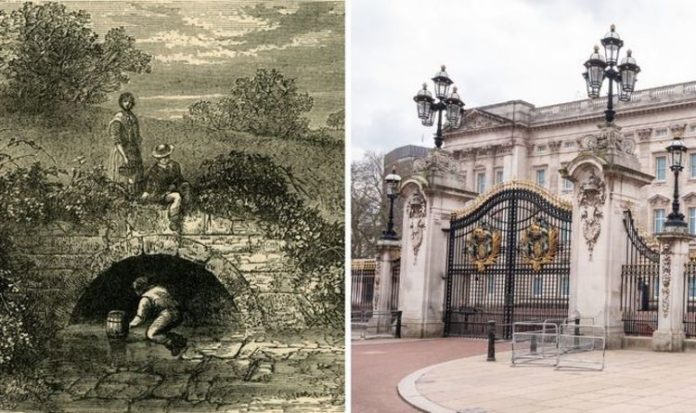Royal family need to ‘stop taking our money’ says Republic CEO
Historians have detailed how more than a century ago, dozens of canals and rivers used to flow right across London, many of which are now plunged to the depths of history. From St Pancras to Westminster, the series of waterways have since been blocked up, with the rivers now hidden from public eye underneath skyscrapers and busy roads. Yet, one that still exists continues to run directly underneath the Queen and Prince Philip’s capital home at Buckingham Palace.
The River Tyburn, which flows from the hills of Hampstead beneath the Palace before joining the River Thames in Westminster, passes under the courtyard and south wing of the royal residence.
The rivers were originally buried as a result of the disgusting sewage smell that was regularly inhaled by the upper classes of Westminster.
Such was the smell, it was decided these waterways should be blocked up, to ensure that the wealthy residents would not decide to leave the area.
However, the river that remains under the Palace is untouched and continues to flow to this day.
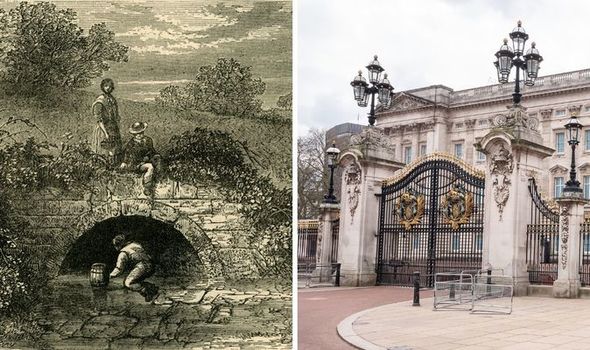
Royal mystery exposed: Secret river underneath Buckingham Palace flooded residence (Image: GETTY)
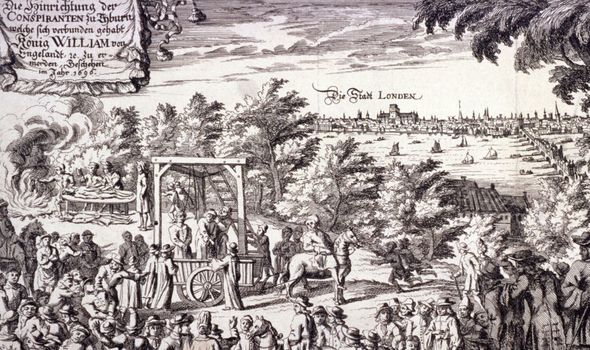
A 17th century depiction of Tyburn (Image: GETTY)
The river often rises so close to the Palace’s floors, that on numerous occasions its Georgian kitchens are flooded with sewage, sparking concern among staff.
It got its name from various locations across London, including the iconic set of gallows – the Tyburn Tree.
These gallows saw hundreds of criminals publicly executed, and during the 1530s was a favourite spot of King Henry VIII to carry out beheadings, such as when he killed Sir Nicholas Tempest, a northern leader of the Pilgrimage of Grace.
JUST IN: Queen plans return to Buckingham Palace for family celebrations
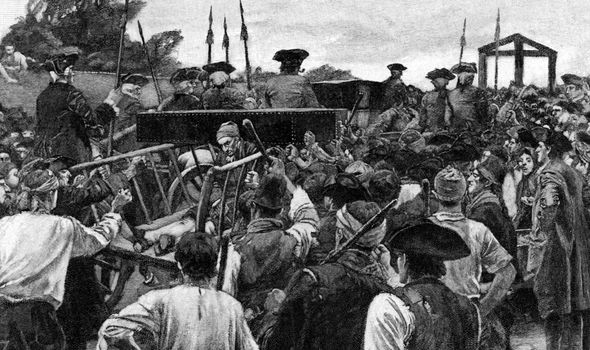
The gallows of Tyburn in the 18th century (Image: GETTY)
They were erected near the junction of Edgware Road, Bayswater Road and Oxford Street, just 200 metres from Marble Arch.
The Tyburn can be seen at low tide when the receding waters expose a culvert by Lambeth Bridge, and a tunnel beneath a house in Pimlico.
Alex Werner, head of history collections at the Museum of London, said: “Wherever you live, not far from your doorstep, you can probably track down a hidden river you never would have guessed would be there.”
DON’T MISS:
Queen engaged in furious battle to get rid of Palace rats [INSIGHT]
Queen confessed ‘she’d support him whatever’ after Harry’s Megxit snub [UPDATE]
Meghan and Harry’s Megxit deal under microscope [ANALYSIS]
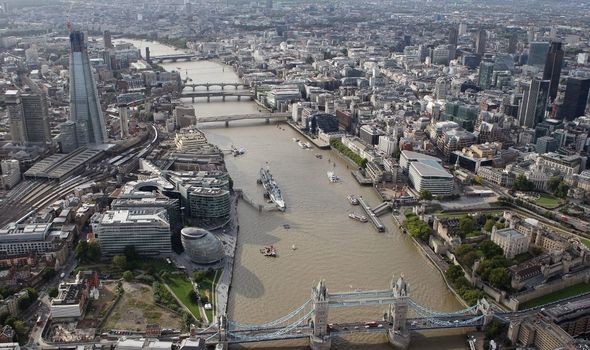
London news: The River Thames (Image: GETTY)
Author Paul Talling, who wrote a book on the lost rivers, added: “It’s a shame so many rivers were buried – today they would enhance the landscape.
“But at the time it was necessary – in pre-Victorian times, they were used as open sewers.”
It is more widely known that also found within Buckingham Palace are a series of tunnels that allow the Queen to move quickly throughout her home.
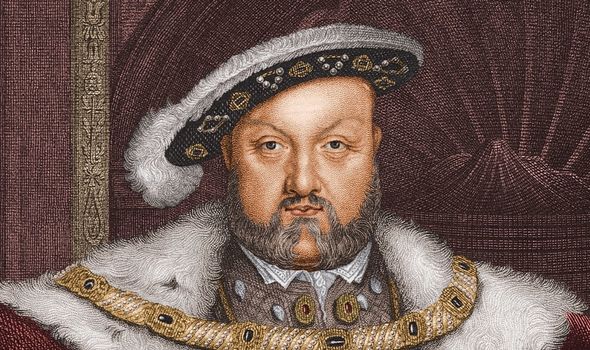
Royal mystery: Henry VIII used Tyburn gallows (Image: GETTY)
Behind furniture within the Palace’s White Drawing Room, a hidden tunnel allows residents to “bypass hundreds of rooms” and “slip directly into the Queen’s private rooms”.
The passage was exposed by Anna Reynolds, a curator at the Royal Collection Trust, who said in a 2019 video: “This is the way to the Queen’s apartments, and often when the Queen is meeting guests, they’re lined up here in the music room.”
She added: “It allows her to make an entrance without having to walk through all the Palace rooms.”
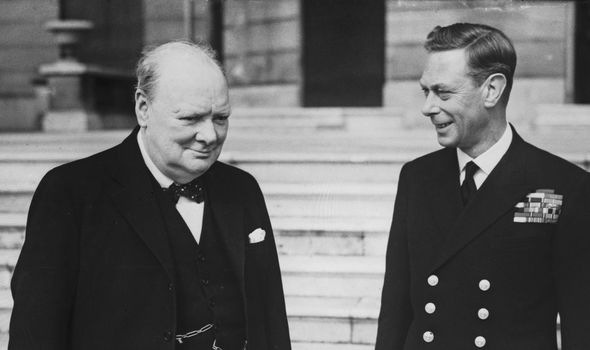
King George VI with Winston Churchill during World War 2 (Image: GETTY)
More recently, it emerged that King George VI had been so concerned about the potential for a Nazi invasion during the Thirties, that he coordinated a secret plan, called Operation Coats, that would ensure his daughters Queen Elizabeth II and Princess Margaret were safely taken out of the country.
When the time came, George would have members of the military whisk the Royal Family away from Buckingham Palace, or Windsor Castle, to one of four country houses that had been prepared.
Although the monarch himself would remain in Britain as World War 2 with Germany continued, the plot to safety for his daughters would see them then likely taken abroad to Canada.
The details of this daring plot were uncovered by King’s College London historian Dr Andrew Stewart, and detailed in the 2016 book The King’s Private Army.
He said: “In the worst case and with it looking like the secret location was jeopardised, the two princesses were to be taken out of the country to ensure their safety.”
